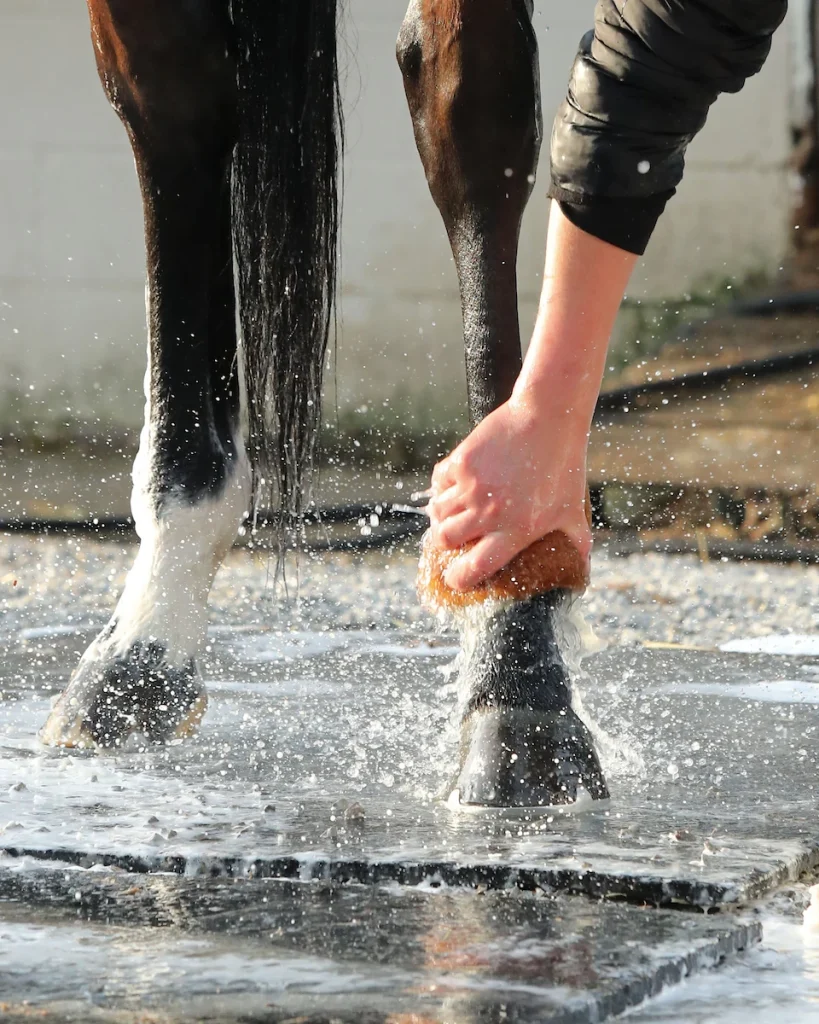

As much as Kentucky Derby betting has stayed the same and replicated decades of traditions, perhaps the biggest change overall may be the actual field size, or the actual number of runners who will be trying to make the gate on the first Saturday in May.
The Kentucky Derby field has been limited to 20 starters since 1975, the year after 23 horses contested the 100th anniversary of the Derby. Until 2022, at least 20 horses were entered in the race every year since 2004, and in 22 of the last 24 years. Overall, there has been a field of 20 horses on 21 occasions, the first happening in 1923 when 21 horses went to the post, and there have been at least 16 starters in 25 of the last 26 years. There were 15 runners in 2020.
Churchill Downs reintroduced the also-eligible rule in 2012. Up to 24 horses may be entered in the race on Wednesday of Derby Week, including four horses that can remain eligible to compete beyond the official time of entry. One or more of the “also-eligible” horses could be allowed to run in their respective race if members of the original field scratch from the race prior to the official “scratch time” of 9 a.m. ET on Friday (Kentucky Oaks Day), which is the official opening of advance wagering on the Kentucky Derby. In 2023, Rich Strike drew in from the also-eligible list and won.
Horses with the highest point totals in the “Road to the Kentucky Derby” races would “draw in” to the field first. The same rules apply for the Kentucky Oaks, which has a maximum field size of 14. An eight-horse also-eligible list was instituted in 1983 and 1984, but advance wagering on the Kentucky Derby was negated because of refunds after late scratches. Although the 20-horse limit for the Kentucky Derby has been in existence since 1975, 21 horses were permitted to contest the 1981 Derby due to a “legal issue.”


The writing team at US Racing is comprised of both full-time and part-time contributors with expertise in various aspects of the Sport of Kings.























